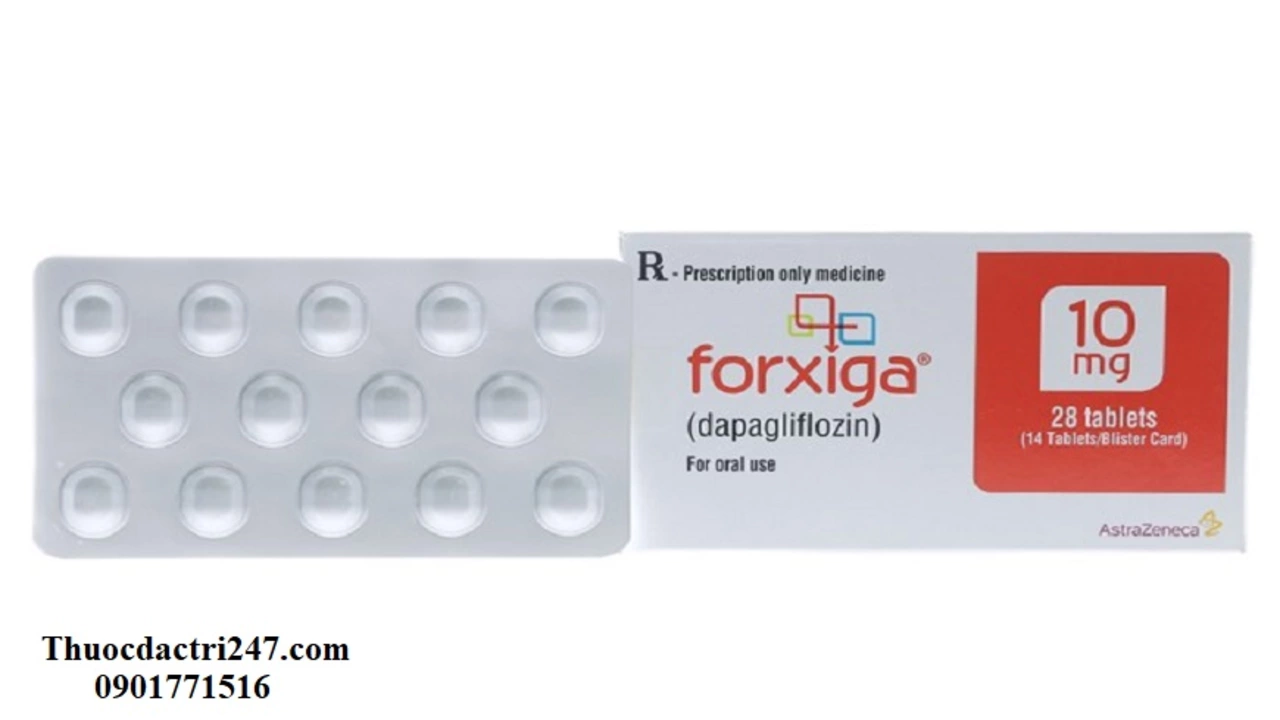Diabetes medication: what to know and how to stay safe
If you have diabetes or care for someone who does, medications can feel overwhelming. This page cuts to the essentials: how common drugs work, what to watch for, and simple steps to use them safely. No jargon—just clear, practical advice you can use today.
Types of diabetes medication and what they do
Metformin is usually first. It lowers glucose by helping your body use insulin better and often helps with weight control. Common side effects are stomach upset and diarrhea, which usually settle with time or a lower dose.
SGLT2 inhibitors (like empagliflozin) let the kidneys remove more sugar. They can lower blood pressure and help the heart and kidneys in some people. Watch for genital infections and dehydration; they can also raise the risk of diabetic ketoacidosis in certain situations.
GLP-1 receptor agonists (like semaglutide) help with blood sugar and often cause weight loss. Nausea is common at first. These drugs have shown heart benefit in people with existing heart disease.
DPP-4 inhibitors are mild and easy to tolerate but usually don’t change weight. Sulfonylureas and meglitinides increase insulin release and work fast, but they raise the risk of low blood sugar, especially if you skip meals or drink alcohol.
Insulin remains essential for type 1 and for many with type 2. There are rapid, short, intermediate, and long-acting forms. Insulin dosing needs checks and adjustment during illness, travel, or big changes in activity or diet.
Safety, monitoring, and smart questions to ask
Get regular A1C and blood glucose checks so you know if a drug is working. Ask your provider to check kidney function (eGFR) and liver tests before and during some treatments—this guides dose and safety. If you’re on metformin and your kidney function drops, talk about stopping it temporarily before major procedures or contrast scans.
Know the signs of low blood sugar: sweating, shaking, confusion, hunger. Keep fast-acting carbs or glucose tablets handy and tell family or coworkers what to do in an emergency. If a drug raises infection risk (SGLT2) or causes persistent stomach pain (GLP-1), contact your clinician quickly.
Be careful buying meds online. Use licensed pharmacies, keep prescriptions, and avoid offers that look too cheap or require no prescription. Keep an up-to-date medicine list with doses and reasons for each drug.
Before changing or stopping a medicine, ask: What is the target A1C? What side effects should I expect? How often will we monitor labs? Are there lower-cost options or assistance programs? Will this drug interact with other medicines I take?
Medications help, but lifestyle matters too. Small changes in diet, regular movement, and better sleep make treatments work better and may let you use lower doses. Talk openly with your care team about cost, side effects, and your daily life. That’s how you get the best results with the fewest surprises.

